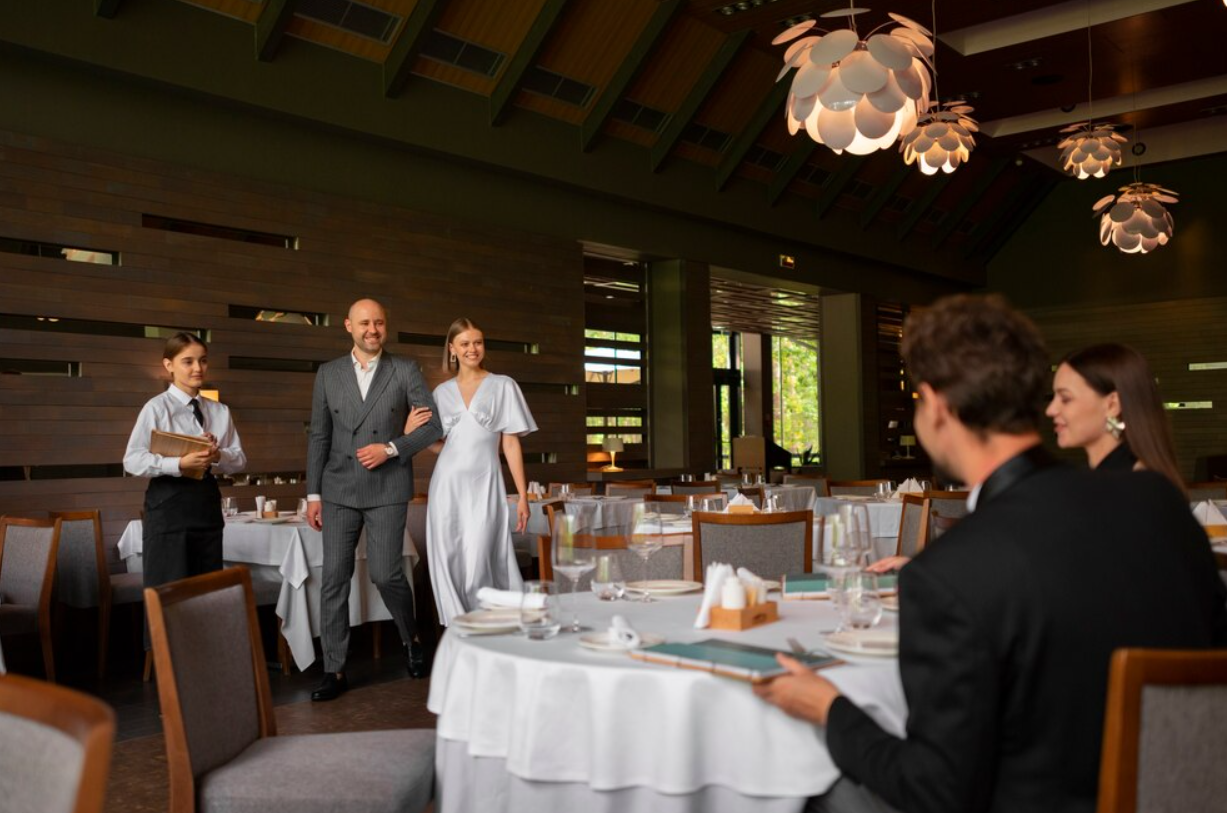The intricate fabric of live-in care is woven with the threads of professional dedication and personal emotion. It is a unique blend of intimate daily living and proficient care that demands a harmonious relationship between live-in caregivers and families. Building a strong, collaborative team ensures the highest quality of care and the most fulfilling experience for everyone involved.
This article delves into the strategies for nurturing and maintaining such a partnership. It invites you to consider experiences and strategies in live in care collaborations.
Understanding Each Other’s Roles
Identifying and respecting the distinct roles within a live-in care arrangement is paramount. A live-in caregiver is often the primary source of support for the care recipient, assuming responsibility for healthcare tasks, personal care, and daily living activities. Meanwhile, family members provide emotional support and make critical decisions regarding their loved one’s care and well-being. Clear delineation and recognition of these responsibilities help establish a solid operating base for collaborative efforts.
Establishing Open Communication
Open communication is the lifeblood of any successful relationship between live-in caregivers and family members. Regularly scheduled discussions about the care recipient’s needs, progress, and concerns from either party ensure everyone is on the same page. It’s essential to foster a climate of honesty and transparency where sensitive issues can be broached with respect and constructive intent. Furthermore, boundaries—such as respecting privacy and personal time—should be mutually agreed upon and adhered to.
Setting Common Goals
Having mutually agreed-upon goals is similar to setting a destination on a map; it gives direction and purpose to the collective effort. These objectives should focus on the care recipient’s quality of life and well-being. Caregivers and families can develop comprehensive care plans that address health needs, personal preferences, and emotional support by working together. It is also essential to remain flexible, as circumstances may change, requiring goals to be adjusted accordingly.
Creating a Caregiving Schedule

A well-thought-out caregiving schedule benefits the care recipient, the caregiver, and the family. It delineates clear times for work, rest, and family involvement, ensuring the caregiver has adequate downtime to rejuvenate. Integral to optimal care provision, creating a consistent schedule is a process that requires input from both the caregiver and the family. It can benefit immensely from both parties bringing in their training and expertise from past careers. Building in time for the family to step in gives the caregiver necessary breaks and allows for invaluable family interaction.
Conflict Resolution Strategies
In any collaborative effort, conflicts will inevitably arise. Addressing tension promptly and calmly is crucial to maintaining a healthy environment. Families and caregivers should approach conflict resolution with empathy and a problem-solving mindset. Techniques such as active listening can be incredibly effective, where each party repeats what they have heard to ensure understanding. If conflicts become particularly challenging, seeking neutral mediation can provide a constructive pathway to resolution.
Building Mutual Trust
Trust is cultivated over time and results from consistent, reliable actions. Caregivers earn trust by demonstrating competence and compassion in their care, while family members earn trust by respecting the caregiver’s professional boundaries and providing support when needed. Trust also involves maintaining strict confidentiality regarding the personal affairs of the care recipient and the caregiver.
Fostering a Positive Environment
A positive environment contributes significantly to the morale and effectiveness of the care team. It involves acknowledging each other’s strengths, supporting one another during challenging times, and practising gratitude for the contribution everyone makes to the care recipient’s life. Incorporating fun and joyful moments can also help lighten the atmosphere and provide a much-needed respite from the rigours of daily care.
Recognising and Celebrating Successes
Interspersing the caregiving journey with celebrations of small victories and milestones can boost morale and reinforce a sense of accomplishment. Whether it is the care recipient mastering a new skill, reaching a health milestone, or the caregiver achieving a certification, recognising these moments forges a deeper team connection.

Continuous Education and Training
The caregiving field is ever-evolving, with new techniques and knowledge continually emerging. Caregivers and families who show dedication to ongoing training ensure the best possible care and can find greater satisfaction and career advancement. Engaging in workshops, seminars, or online courses can keep skills sharp and introduce innovative strategies that benefit the care recipient. Education can also build a deeper understanding of the care recipient’s conditions and foster empathy and insight into the caregiving process.
The collaboration between live-in caregivers and families has its challenges. Still, it can become a rewarding alliance through dedicated communication, shared goals, and continuous optimisation of care strategies. Respecting each role, establishing open lines of communication, setting common goals, developing a caregiving schedule, mastering conflict resolution, building trust, fostering a positive environment, recognising successes, and committing to ongoing education and training are the pillars that can hold up this vital partnership. By implementing these strategies, the caregiving experience can be fulfilled by professional growth and shared joy in the successes. This collaboration can turn the everyday care act into an exemplar of human compassion and strength.









